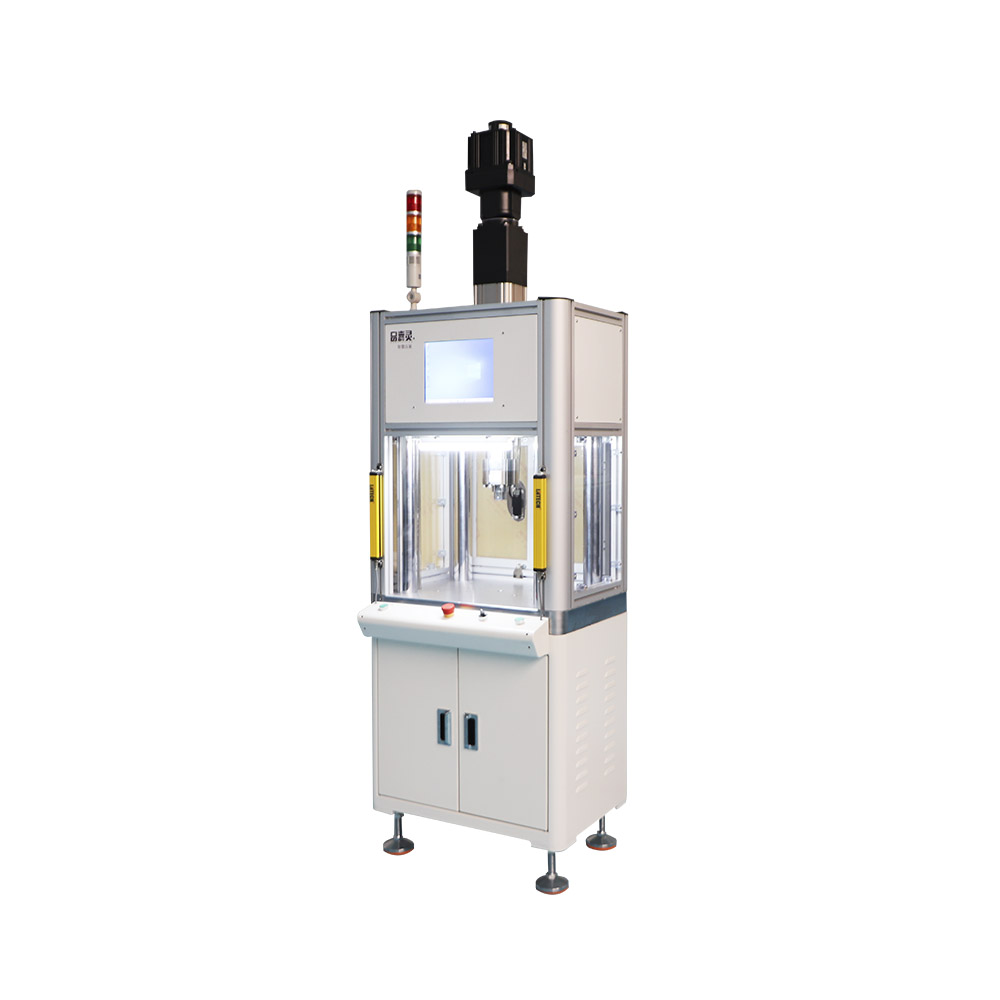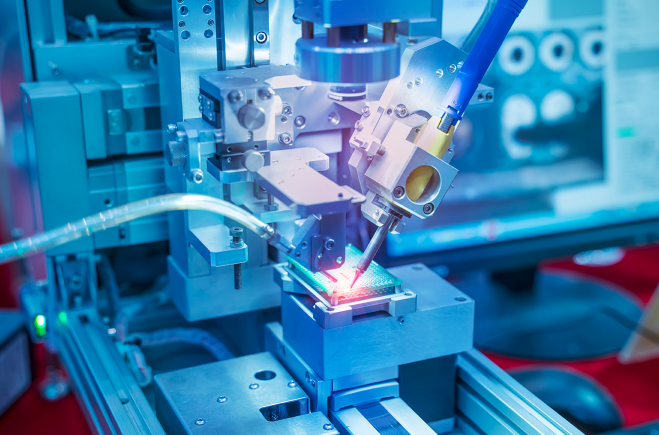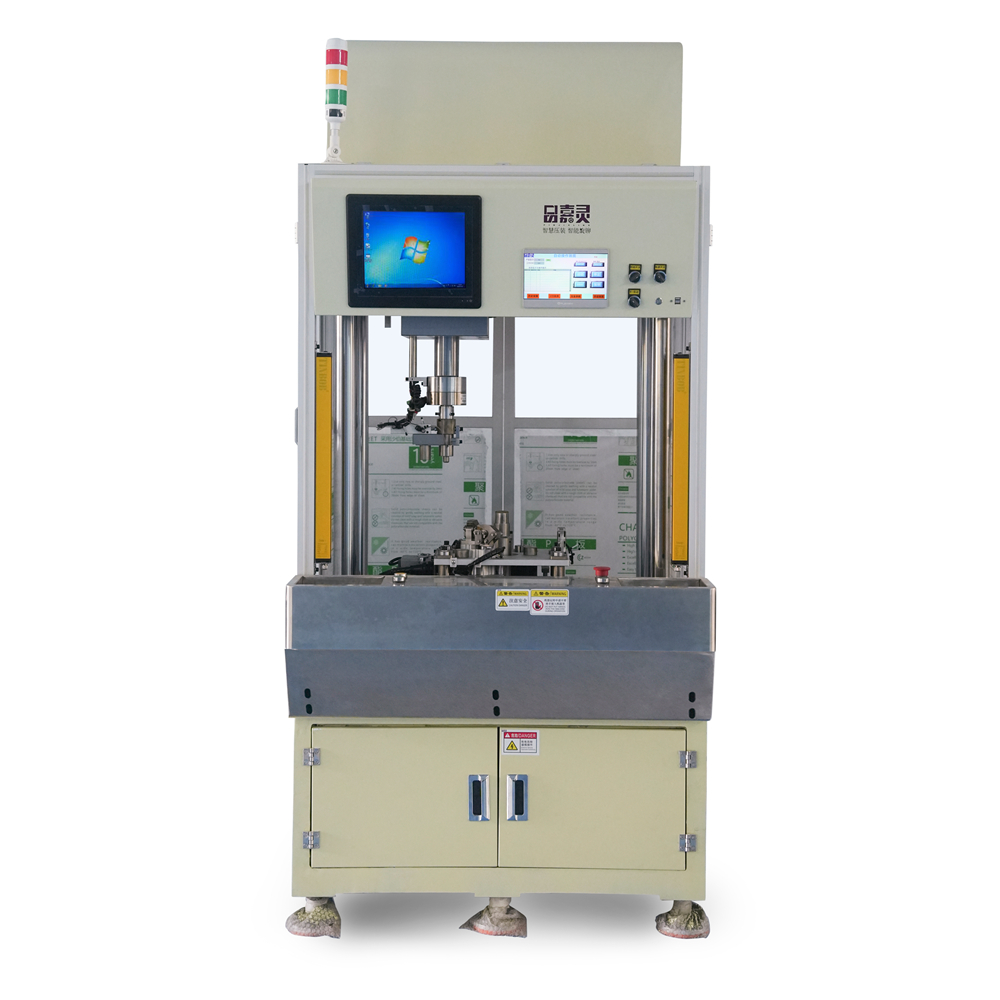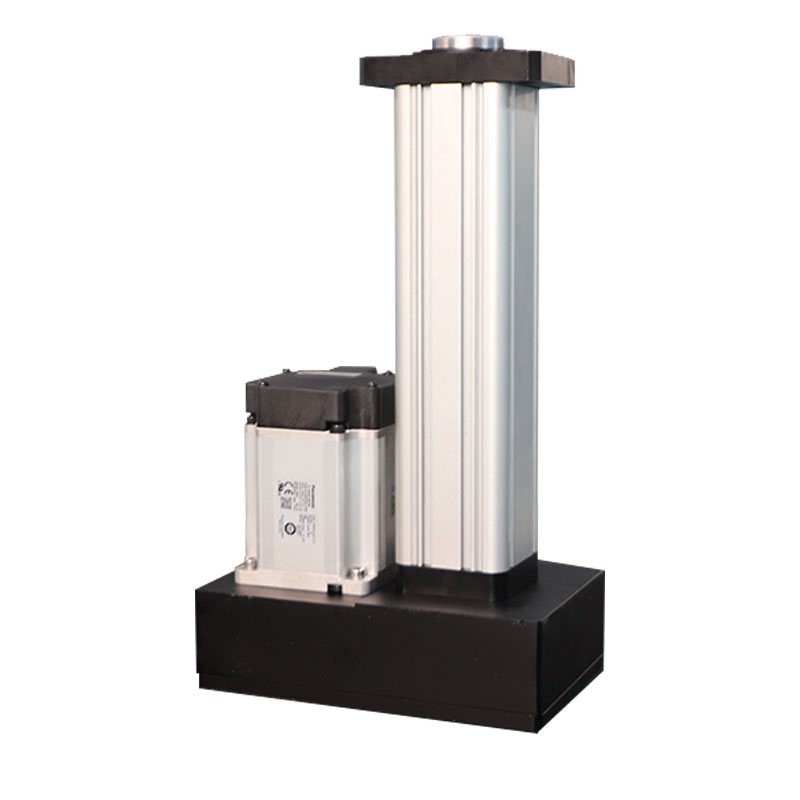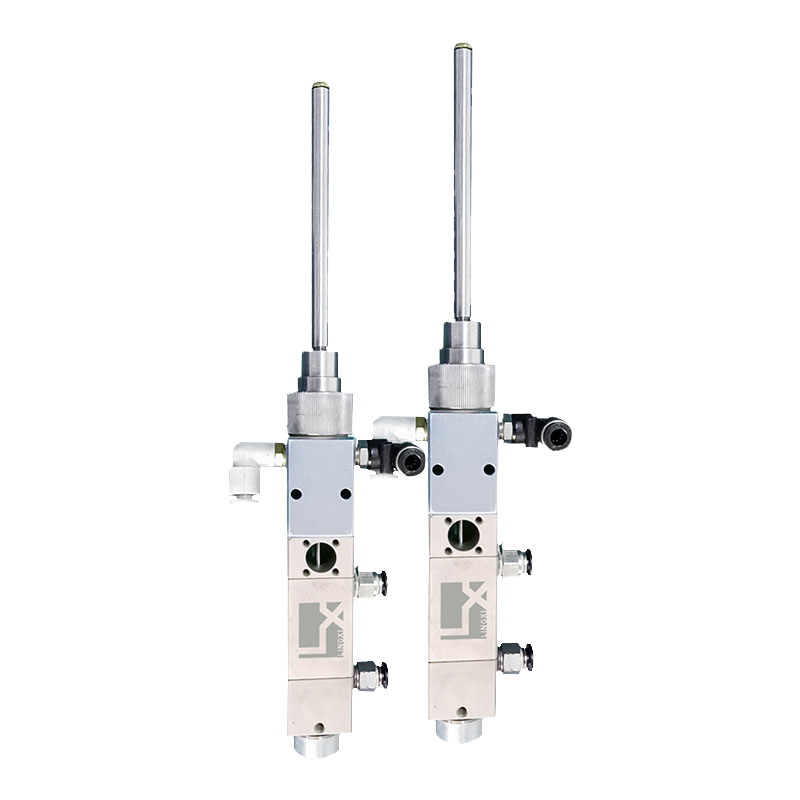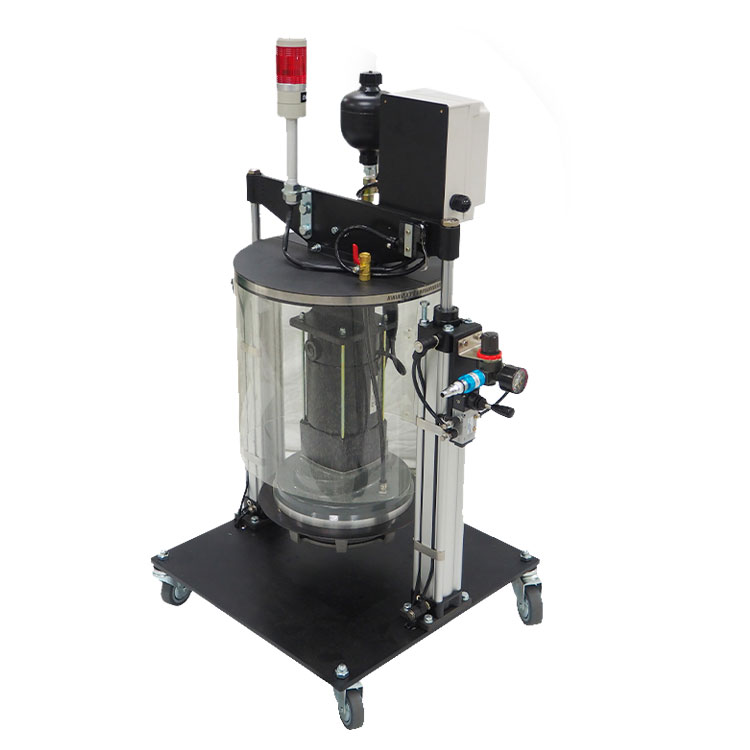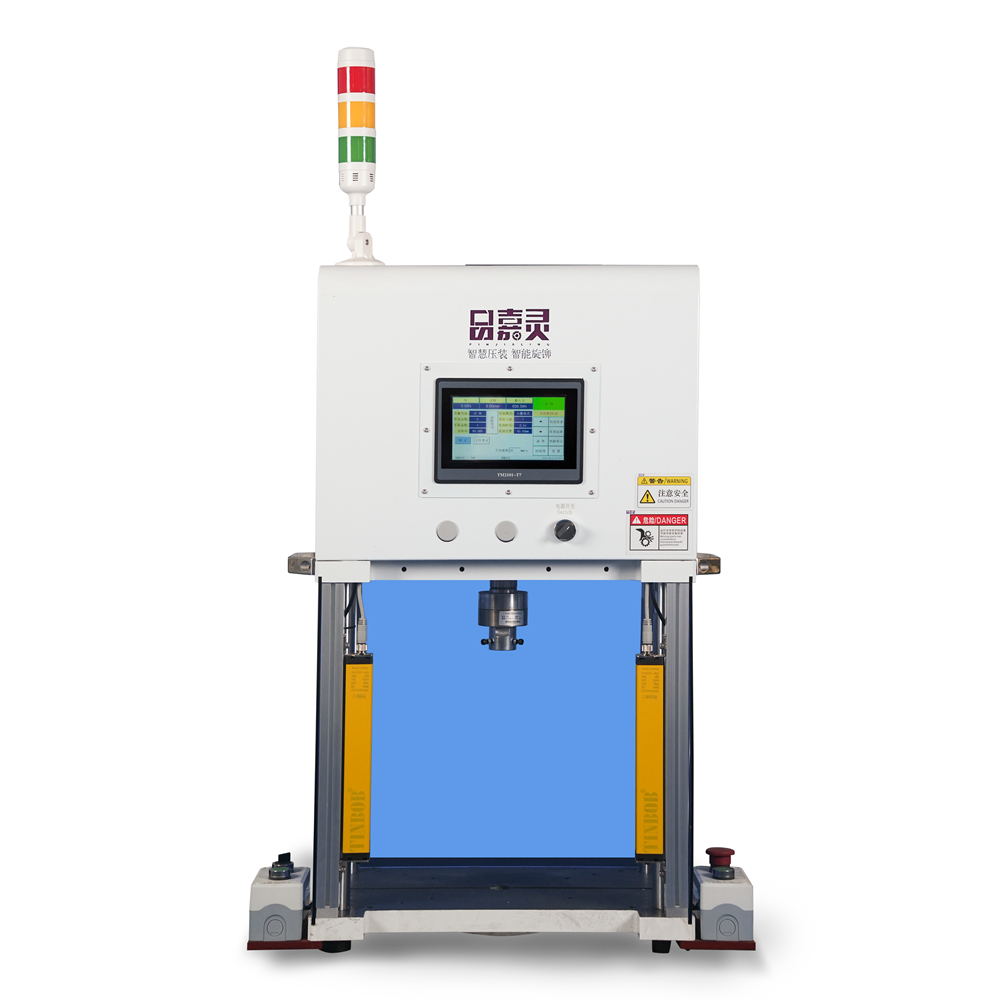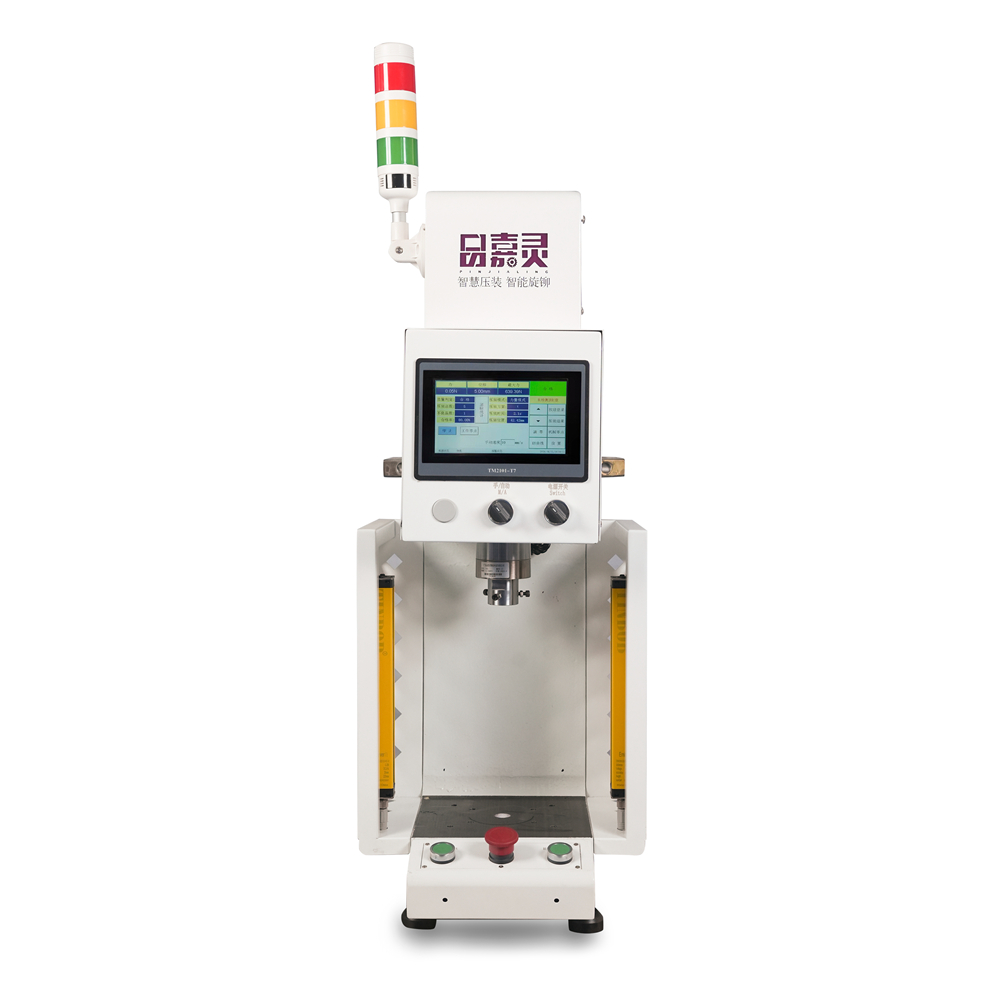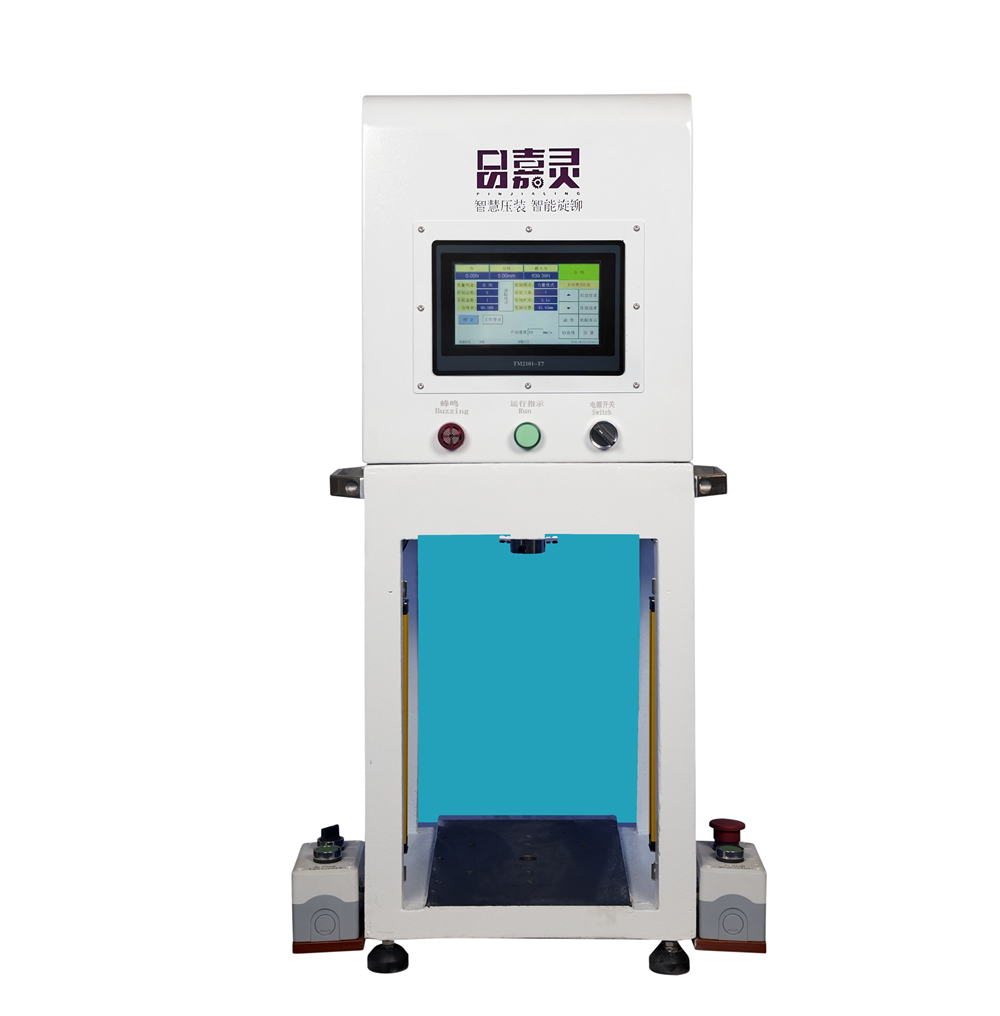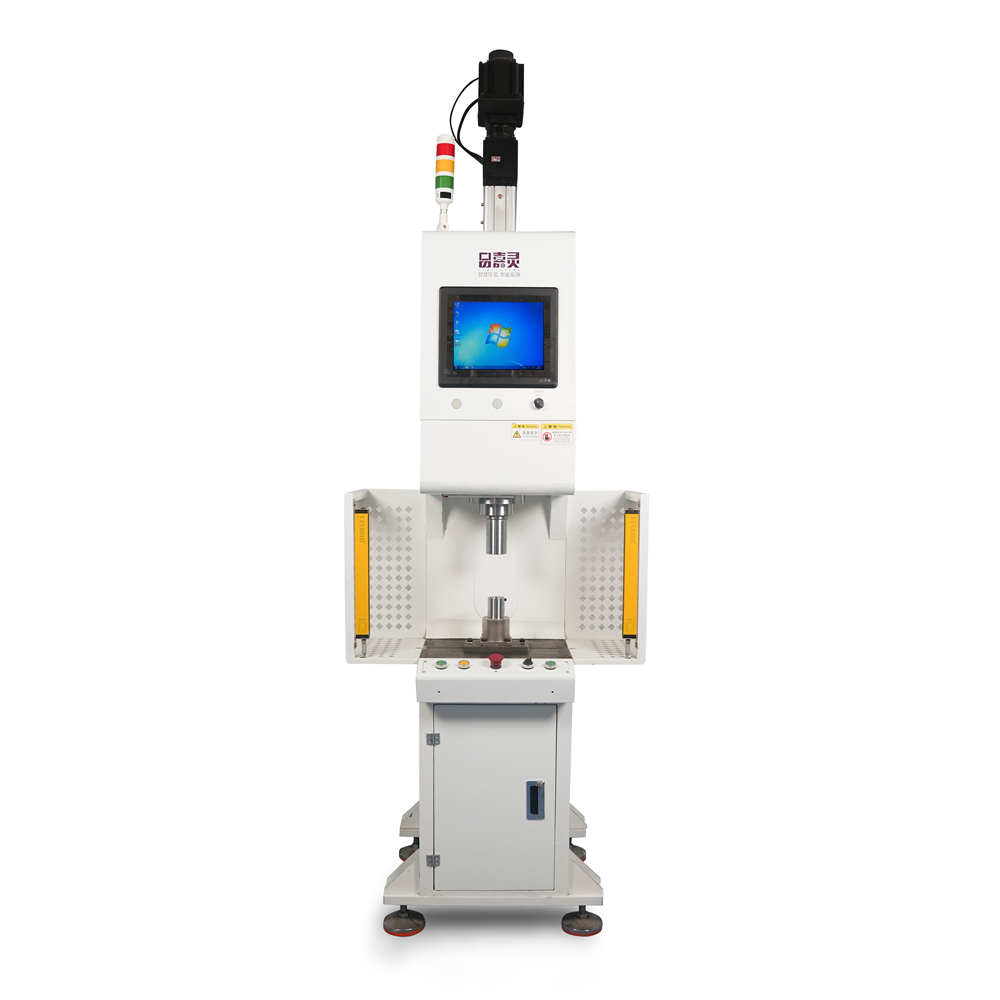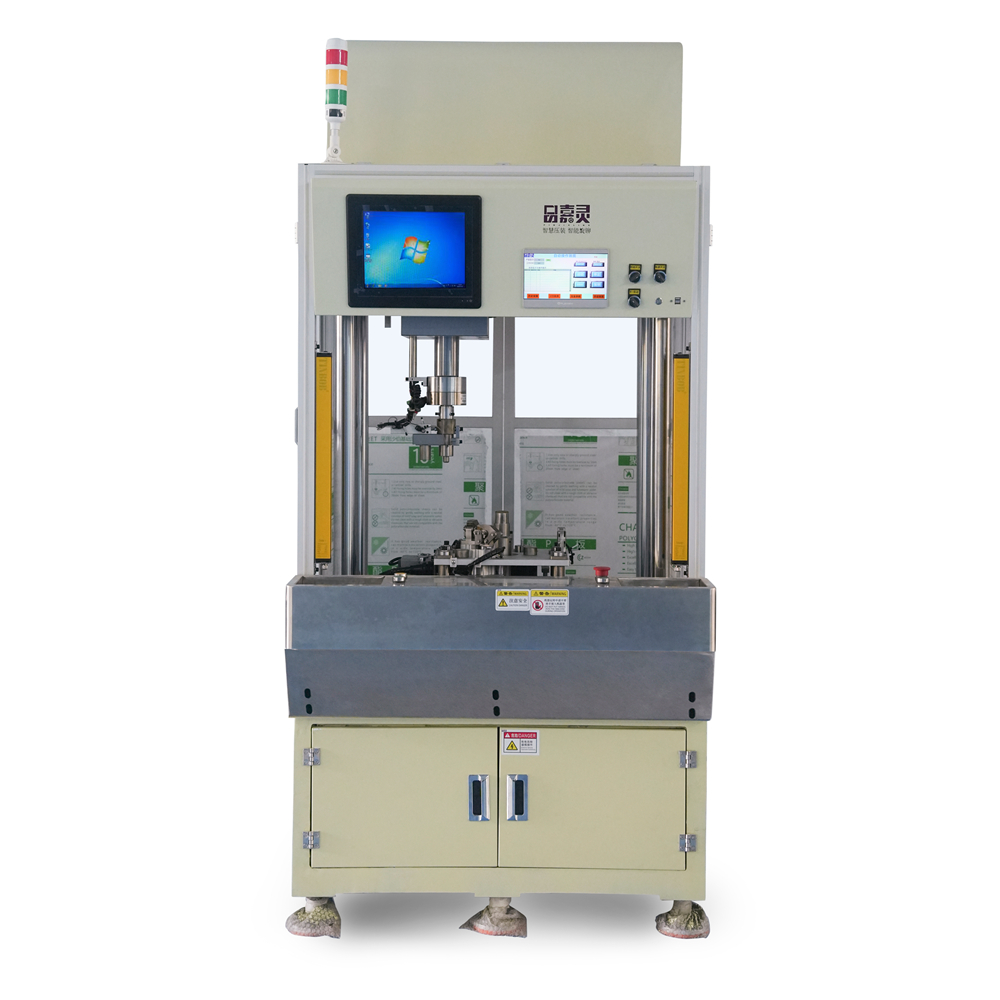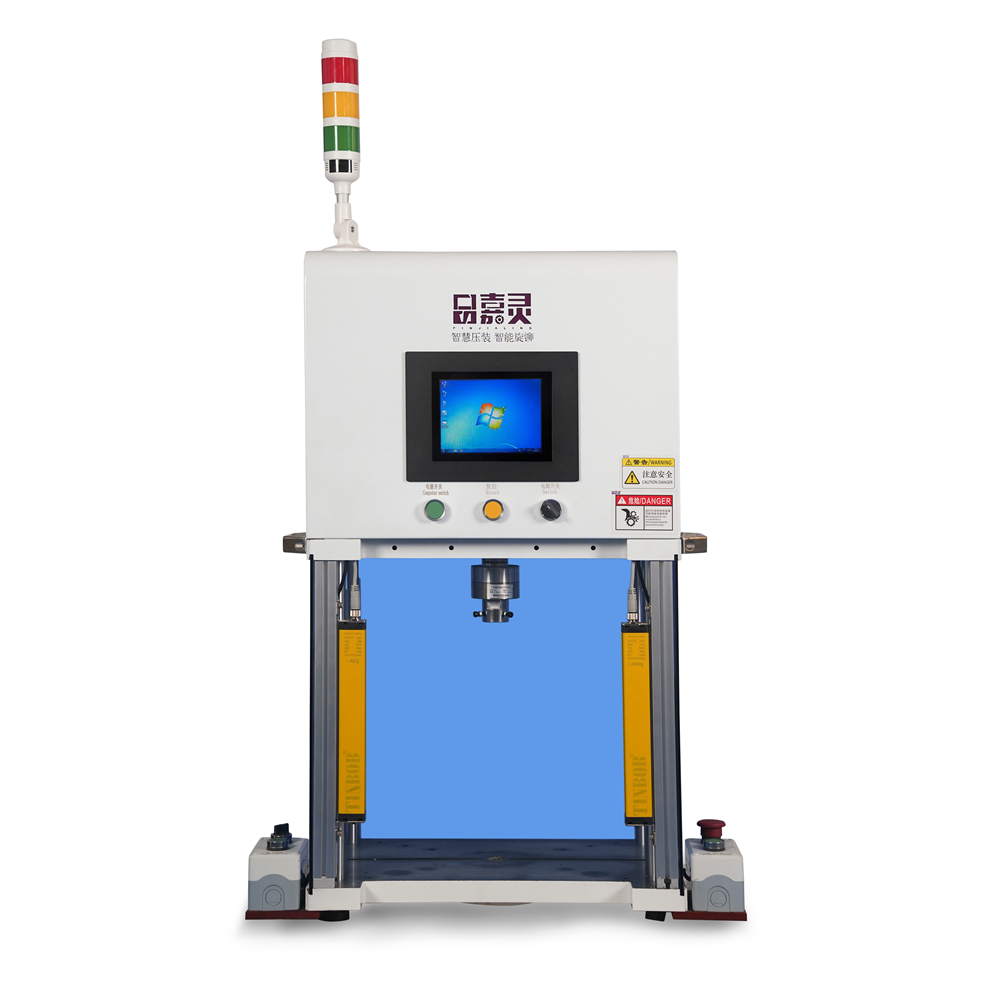What is the difference between Linear actuator press and rotary actuator?
Linear actuators and rotary actuators are both types of actuators, but they differ in the type of motion they produce. Here’s a brief explanation of each:
Linear Actuator:
Motion Type: Linear actuators produce linear motion, meaning they move in a straight line.
Components: A linear actuator typically consists of a motor, a lead screw or rod, and a mechanism to convert the rotary motion of the motor into linear motion.
Applications: Linear actuators are used in applications where there is a need for linear movement, such as opening and closing doors, extending or retracting components, and in various manufacturing processes that require linear motion.
Rotary Actuator:
Motion Type: Rotary actuators produce rotational motion, meaning they rotate around an axis.
Components: A rotary actuator usually consists of a motor and a mechanism to convert the linear motion of the motor into rotary motion. Examples of mechanisms include gears or a crankshaft.
Applications: Rotary actuators are used in applications where rotational movement is required. This can include tasks like turning a valve, opening or closing a damper, or any operation that involves rotating something.

Key Differences:
Motion Type: The primary difference is the type of motion they produce—linear actuators move in a straight line, while rotary actuators rotate around an axis.
Components: While both types involve a motor, the key difference lies in the mechanism used to convert the motor’s motion. Linear actuators use lead screws or rods for linear motion, while rotary actuators use gears or other mechanisms for rotational motion.
Applications: The choice between a linear or rotary actuator depends on the specific requirements of the application. If a task involves linear movement, a linear actuator is chosen. If it involves rotation, a rotary actuator is the suitable choice.
In summary, the fundamental distinction is in the type of motion each actuator produces, and the choice depends on the nature of the task or application.
- How does the S-type servo press work?
- As a kind of precision CNC servo electronic press, the working principle and characteristics of...
- What is a linear servo actuator?
- As an important mechatronic product, the linear servo actuator plays a key role in modern...
- Four-Column Gantry Servo Press: High Precision Pressing, Leading the Way in Intelligent Manufacturing
- In modern manufacturing, the four-column gantry servo press has become the preferred equipment for many...
- Servo Linear Actuator: Precise and Stable Industrial Force
- Servo linear actuator, as an important component in the field of modern industrial automation, plays...
- What exactly is a spray valve?
- Spray valve, this term is not uncommon in daily life and industrial production, but many...
- Electric Butter Machine: Detailed explanation of mechanism, structure and function
- As an efficient and convenient butter production equipment, the electric butter machine realizes the fast...


